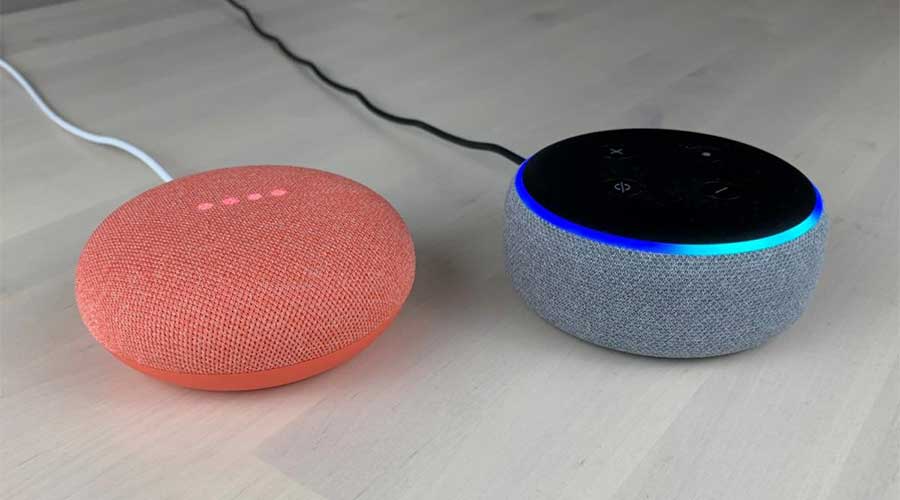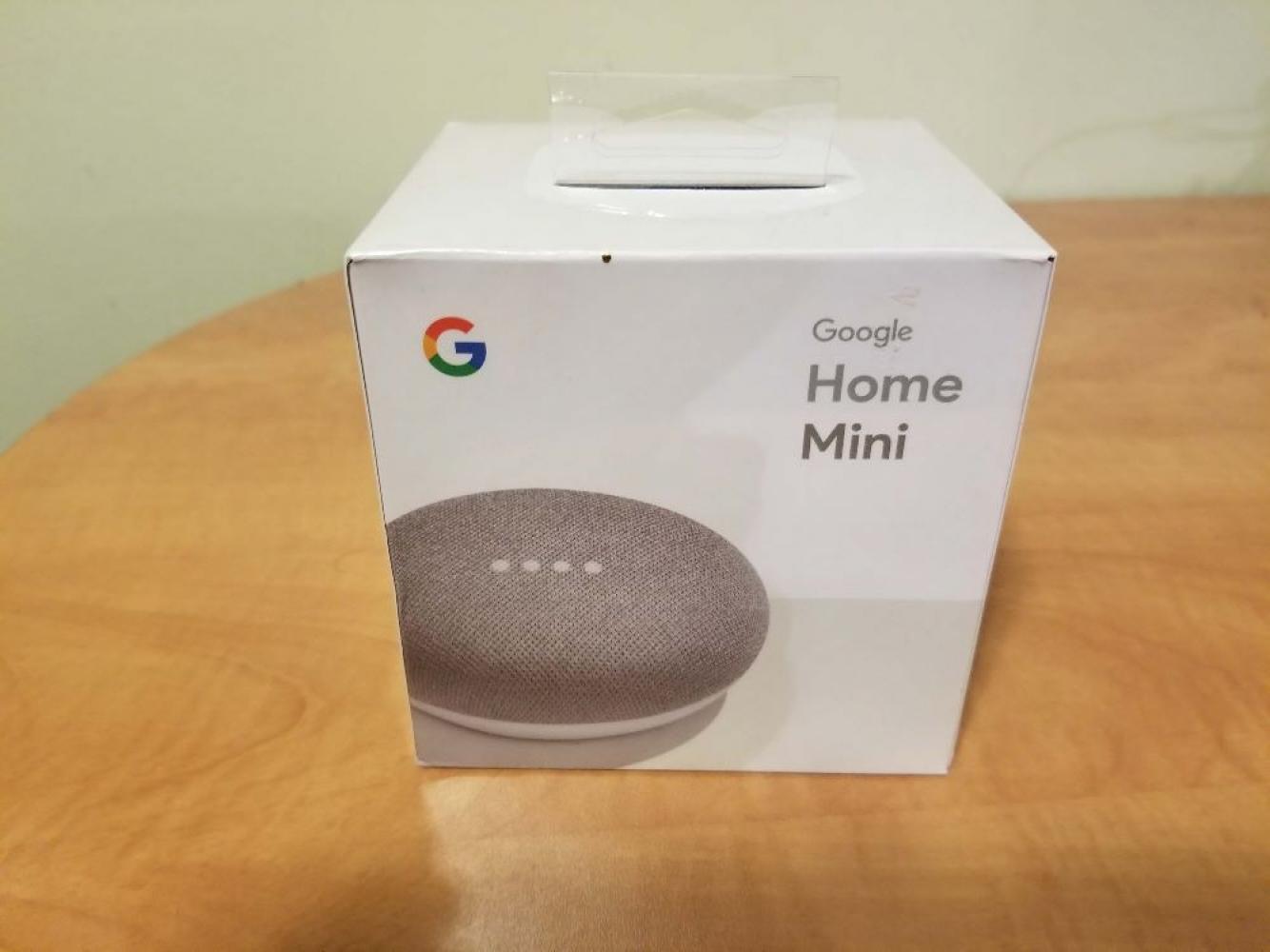Table of Content
The articles highlight that Google has released the source code for the bootloader and Linux Kernel running on the Chromecast. This source code will be extremely useful in the second article of this series. Many eyes already had a look at the bootloader. It's reducing the likelihood I can still discover something to exploit in it to bypass the secure boot on a Google Home Mini. As you might expect, I'm not the only one who has been studying the Google Home devices. Here is a quick summary of what others have discovered at the time of writing of this article.

This board is obviously pretty simple, just a bunch of wires. What has been a challenge was to install it on the Google Home Mini. It's a mirrored version of the "normal" NAND Flash schematic. Indeed, this board will be soldered in place of the original NAND on the Google Home Mini PCB. On the bottom side of the board, only the Interposer Board connector is fitted. A micro-USB connector, used for power and data transfer.
Unpacking the Firmware Image
Google won't rest until it has always on microphones in every household. Control your Google Assistant activity, privacy settings, information, and personal preferences. See your activity, delete it manually, or choose to delete it automatically.

Control your privacy on Google Assistant with your voice. Ask questions like “Where can I change my privacy settings? ” to get answers to the most common privacy and security questions. Turn on the lights, adjust the thermostat, or get an alert when there’s a person or package at your front door. Google Home on WearOS will be available as a preview as we continue to add controls and improvements.
The FT2232H in SPI and Sync FIFO Mode
”, but for people like me who weren’t looking for them then, but now want/need one, this is a good deal. Your phone is far more capable than a Google mini when it comes to invading privacy, no one seems to bat an eyelid. Could probably get Officeworks to price beat this. This app is hit or miss on whether it will work properly. When it doesn't, it absolutely doesn't and most likely will continue to not work for several days in a row.

This bitstream will generate a FSM that's able to program pages. The pages addresses and data are received from the FT2232H using the Sync FIFO Mode. This bitstream will generate a FSM that's able to erase blocks. The addresses to erase are received from the FT2232H using the Sync FIFO Mode.
Make the most of your Google products
The Home mini also has a pause/play function. Extra microphone for more clarity too apparently and supposedly built stronger. Bunnings Springvale has plenty in stock still. Set up morning routine with alarm, weather , news, reminders and music. OP, you’re gonna get smashed by posters saying “they were free here” and “why would you pay for them!

The entire content of the 256MB NAND can be dumped in less than a minute. The 60MHz clock is generated by the FT2232H and clock the entire FPGA. Desoldering and soldering it back is easier said than done, especially considering I'll likely have to do it multiple times.
Safety starts with understanding how developers collect and share your data. Data privacy and security practices may vary based on your use, region, and age. The developer provided this information and may update it over time.

For instance, keeping track of the Google Home Mini firmware releases becomes relatively easy. Further, attempting to run arbitrary code on the device from the NAND Flash becomes possible. One of the very early design goal of NandBug was to be able to monitor the data read and written by the Google Home to the NAND Flash in real time.
I'll for sure use it again in future projects. However, please note that using both the SPI mode and Synchronous FIFO mode of the FT2232H requires adding a EEPROM to the BOM. This EEPROM contains configuration data for the FT2232H and can sometimes be omitted. This push button is not accessible without cracking the case open. Pushing it at boot time will force the bootloader to boot from the USB port of the device. However, only signed code can theoretically be executed.
Overall, I'm quite happy with how NandBug is working. The NAND Flash dumping and programming features are reliable. This script will simply generate the Passthrough bitstream and upload it to the FPGA. Generate a list of blocks to erase and pages to program. This step can optionally be skipped if a LAST_DUMP file is provided. For unidirectional signals, this connection can be achieved directly.

No comments:
Post a Comment